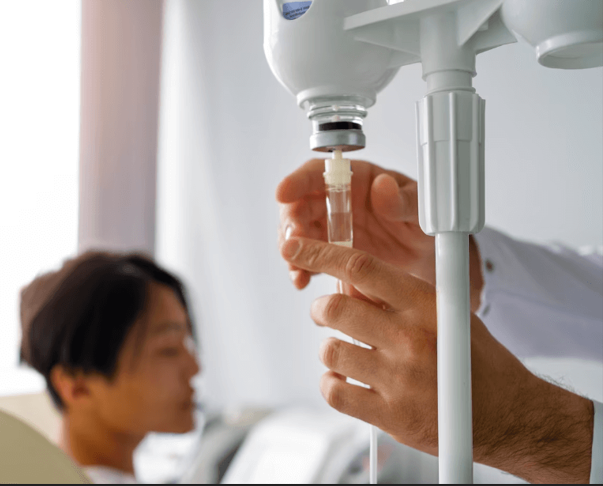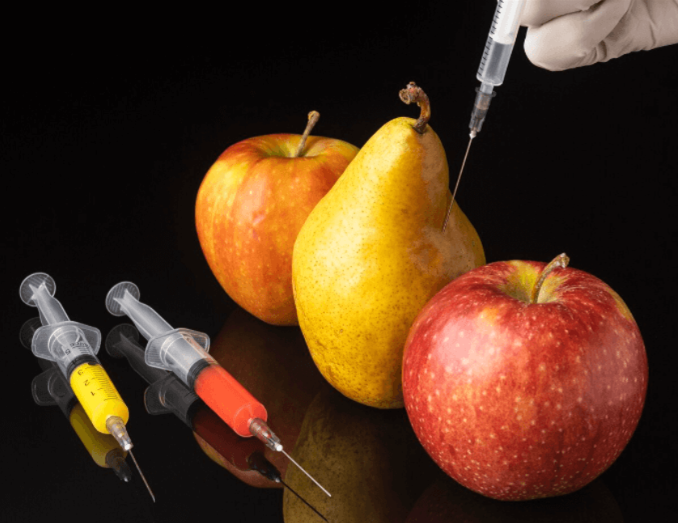Korea is renowned worldwide for its expertise in hairline correction surgery, attracting thousands of medical tourists every year. If you’re considering traveling to Korea for this procedure, careful planning is key to ensuring optimal results and a comfortable journey. From pre-trip preparation to post-op care, here’s everything you need to know before booking your hairline correction trip to Korea.
1. Researching Clinics and Surgeons
- Identify Reputable Clinics: Look for clinics specializing in hairline correction with proven track records, positive patient reviews, and internationally accredited certifications.
- Check Surgeon Credentials: Verify the surgeon’s qualifications, experience, and before-after portfolios, focusing on natural-looking results and revision surgery expertise.
- Virtual Consultations: Many Korean clinics offer online consultations to discuss your hairline concerns, assess suitability, and provide personalized treatment plans.
2. Understanding the Procedure and Expected Results
- Learn About Techniques: Korean clinics use advanced hair transplant techniques like FUE (Follicular Unit Extraction) and FUT (Follicular Unit Transplantation) customized for hairline design.
- Realistic Expectations: Discuss expected outcomes, timelines for hair growth, and potential risks during consultation.
- Photos and Simulations: Request digital simulations or mock-ups of your future hairline to visualize results.
3. Budgeting and Cost Considerations
- Transparent Pricing: Korean clinics typically provide all-inclusive packages covering surgery, medications, follow-ups, and sometimes accommodation.
- Additional Costs: Account for airfare, visa fees, accommodation, transportation, meals, and potential extra treatments.
- Insurance: Hairline correction is usually elective and not covered by insurance, but confirm your plan’s specifics.
4. Travel and Visa Arrangements
- Visa Requirements: Many nationalities can enter Korea visa-free for short stays, but check if a medical visa is necessary for your duration.
- Book Flights Early: Choose flexible flight options, considering potential delays or extended recovery time.
- Airport Transfers: Arrange transport from the airport to your accommodation or clinic, often offered by clinics or medical tourism agencies.
5. Accommodation and Location
- Choose Convenient Lodging: Select hotels or guesthouses close to your clinic to minimize travel strain during recovery.
- Medical Tourism Packages: Some clinics partner with nearby accommodations offering discounts or tailored services for patients.
- Recovery-Friendly Amenities: Look for quiet environments, comfortable beds, and easy access to pharmacies and medical facilities.
6. Preparing for Surgery Day
- Follow Pre-Op Instructions: Clinics will provide guidelines such as avoiding alcohol, smoking, certain medications, and strenuous exercise before surgery.
- Pack Essentials: Comfortable clothing, prescribed medications, scalp care products, and any recommended supplements.
- Plan Rest Time: Schedule surgery early in your stay to allow adequate recovery before traveling home.
7. Post-Operative Care and Recovery
- Clinic Follow-Ups: Attend scheduled check-ups for monitoring healing and managing any side effects.
- Medication and Scalp Care: Use prescribed antibiotics, pain relievers, and follow scalp washing routines carefully.
- Activity Restrictions: Avoid heavy physical activity, sun exposure, and scratching or rubbing the scalp for several weeks.
- Diet and Hydration: Maintain a nutritious diet rich in vitamins supporting hair growth and overall recovery.
8. Language and Communication
- Language Support: Most reputable clinics have multilingual staff and interpreters to assist international patients.
- Prepare Questions: Write down concerns or questions ahead to ensure clear communication during consultations.
- Use Technology: Translation apps or medical interpreters can be helpful if language barriers arise.
9. Safety and Legal Considerations
- Verify Clinic Accreditation: Confirm the clinic complies with Korean medical laws and international healthcare standards.
- Understand Consent Forms: Read and understand all consent and liability documents before surgery.
- Emergency Contacts: Keep clinic emergency numbers and local hospital contacts handy during your stay.
10. Planning Your Return and Follow-Up
- Recovery Time Before Travel: Allow at least 5–7 days post-surgery before flying, depending on your surgeon’s advice.
- Follow-Up Options: Discuss possibilities for virtual follow-ups or arranging local care if extended visits aren’t feasible.
- Post-Travel Care: Continue scalp care and medication routines at home; report any unusual symptoms immediately.
✅ Summary Checklist for Planning Your Hairline Correction Trip
| Step | Key Actions |
|---|---|
| Research & Consultation | Verify clinics, surgeons, and virtual consults |
| Budgeting | Understand costs, insurance, and extras |
| Travel & Visa | Check visa rules, book flights, arrange transfers |
| Accommodation | Choose location close to clinic with recovery amenities |
| Surgery Preparation | Follow pre-op instructions, pack essentials |
| Post-Op Care | Attend follow-ups, medication, activity restrictions |
| Communication | Use interpreters, prepare questions, translation tools |
| Safety & Legal | Confirm accreditation, understand consents, keep emergency contacts |
| Return & Aftercare | Schedule return with recovery time, plan virtual follow-ups |




